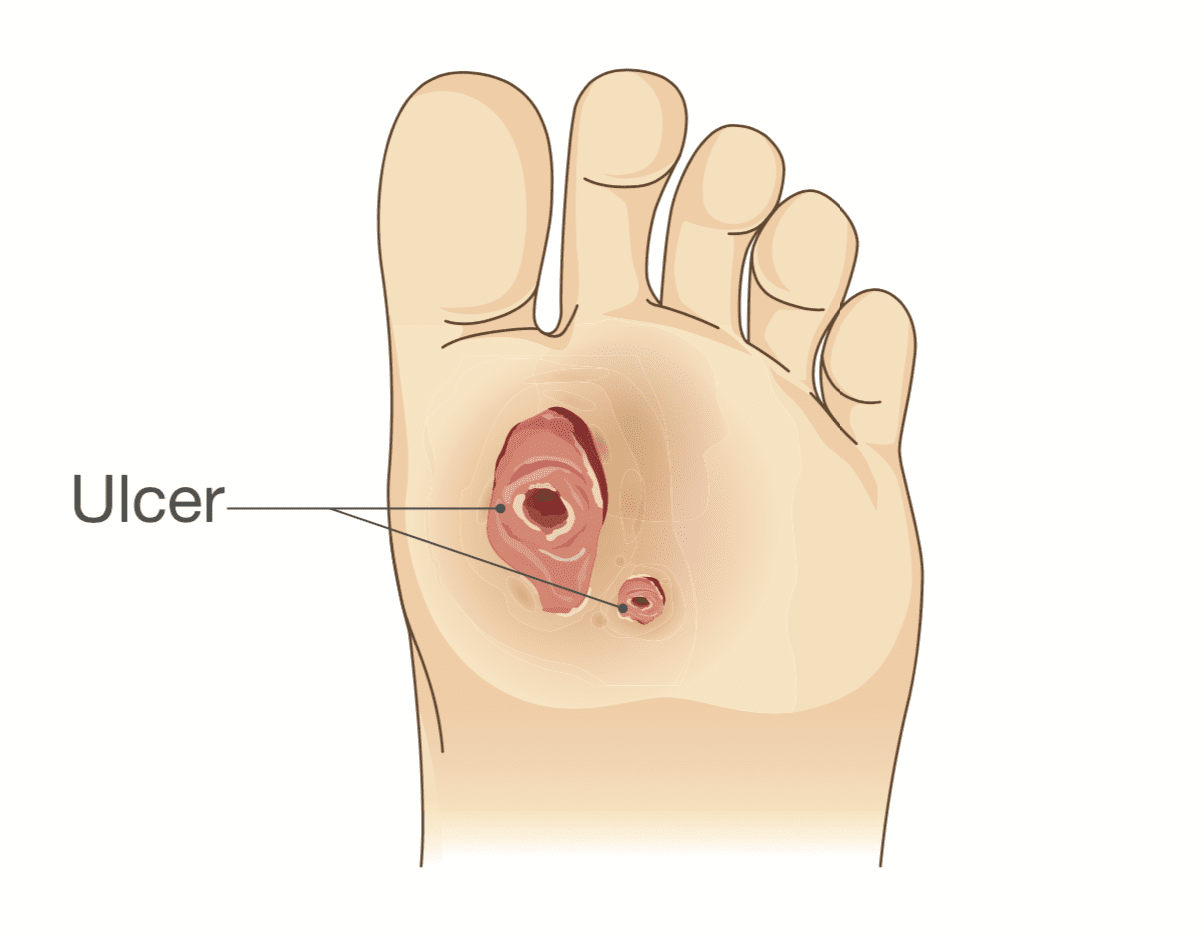Vascular and Vein Institute of the South
Pelvic Congestion Syndrome Q & A
What is pelvic congestion syndrome?
Ordinarily, your veins carry blood back to your heart from throughout your body. However, there are times when this process is interrupted or slowed down. When this happens, blood can become stagnated and cause a wide range of problems. The veins in your pelvic area can stop carrying blood properly, leading to a build-up of blood that is known as pelvic congestion syndrome.
When this happens, the veins in the pelvic region can start to enlarge and change shape. As you can imagine, this can cause a wide range of pelvic symptoms. Seek help promptly if you believe that you or a loved one may be suffering from pelvic congestion syndrome.
What are the symptoms of pelvic congestion syndrome?
The enlargening of the veins that is associated with pelvic congestion syndrome can cause a range of unpleasant symptoms. These include:
- Pain in the pelvic area
- Heavy sensation in the pelvis
- Aching sensation in the pelvis
- Pain worsening during sex
- Feeling a sudden need to urinate
- Pain before or during a period
- Enlarged veins on the buttocks or genitals
Changing posture, walking, or standing for a long time may make symptoms worse. Pregnancy increases your chances of having pelvic congestion syndrome, and women who have had more than one child are at the highest risk. Hormones may make the condition more likely. Women who have experienced menopause are at a reduced risk for developing the issue.
How is pelvic congestion syndrome treated?
Fortunately, treatments are available for pelvic congestion syndrome. Hormone medications may alleviate the symptoms. In addition, surgical procedures to shut off damaged veins or remove them can help treat the condition. Our team has extensive experience performing surgical procedures to treat pelvic congestion syndrome.
To learn how you can get the relief you need, schedule your appointment today.




